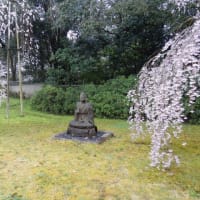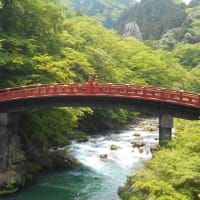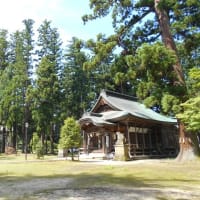
In Toynbee's view, a small number of creative rulers gain legitimacy , but lose it over time . The decline of civilization is portrayed as such a process , but the idea of the four periods mentioned above also suggests a way to analyze it by dividing it into smaller parts . In that case, the creative rulers are the leadership of the new social forces, and the legitimate rulers who have lost their creativity are the leadership of the old social forces. It may be possible to read it that way. In other words, it can be said that Spengler and Toynbee overlap in terms of internal value formation as well.
It is also necessary to pay attention to the fact that the total period of these four periods does not necessarily correspond to the period of existence of the actual social order as a social force . This is because a part of the first half of the social forces and a part of the latter half were periods in which they were not actually ruling orders or ruling forces, but could be regarded as periods in which they were potential forces .
Forces and mentality in the Edo period
above idea of social order or social forces as a hypothetical model, I would like to take a look at Japan's Edo period, which became a typical example of a closed model due to its national isolation policy. In terms of history, the Edo period was a social order established from the establishment of the Edo Shogunate to the restoration of imperial rule , and its period of existence was from 1603 to 1867 . However, in this hypothetical model, the first of the four periods already began before 1603 , and the fourth period ended after 1867.
Let me explain the major flow. The first period began before the establishment of the Edo Shogunate. This is probably because the values of the Sengoku samurai, the Ikko sect, the Nichiren sect, and Christianity had a strong influence, and the posthumous value was high . At the same time, we saw the beginning of the wide spread of Neo-Confucianism by Seika Fujiwara *1. This continued with Razan Hayashi *2 's teaching of Neo-confucianism. Examples of the products of friction between old social forces and new social forces include Touju Nakae*3, Banzan Kumazawa*4, and Soko Yamaga*5. Keichu*6 is cited as the origin of Kokugaku.
*1 The academic style of Seika Fujiwara was not simply Neo-Confucianism, but rather an inclusive academic style that did not exclude Rikuo's studies, but also incorporated Laozhuang and Buddhism, and was rather said to have been on the flow of Ming xinxing. .
*2 Razan Hayashi made Neo-Confucianism the official science of the shogunate, and his descendants called themselves the Hayashi family and became Confucian officials of the shogunate for generations.
*3 Touju Nakae is a Yomei scholar who valued filial piety and cultivated virtue , Farmers called him the Omi Saint.
* 4 Banzan Kumazawa adopted the strengths of both Shushi and Yomei studies, and argued that politics should be viewed from a practical samurai standpoint, and that policies should be formulated according to the actual situation by understanding the three aspects of time, place, and rank.
*5 Soko Yamaga was one of the founders of the classical school of thought, which opposed Neo-Confucianism and Yomei school and advocated a return to the principles of Confucius, and he also influenced later generations as a systematist of Bushido.
*6 Keichū was a monk of the Shingon sect and laid the foundations for Japanese studies. He had many accomplishments in classical commentary and Japanese linguistics.
All rights reserved to M Ariake



























※コメント投稿者のブログIDはブログ作成者のみに通知されます